BASE required Name of source data set. There are restrictions set by the APPEND statement and the Base SAS engine.
 Proc Append Vs Set Statement In Sas Youtube
Proc Append Vs Set Statement In Sas Youtube
Specifies the library that contains the SAS data set.

Sas append dataset. The dataset identified by the syntax DATA and in effect attaches that dataset to the end of the base dataset ie. Suppose you have two data sets and we need to combine these two datasets vertically. We discuss how to append data sets with.
The APPEND procedure concatenates much faster than the SET statement particularly when the BASE data set is large because the APPEND procedure does not process the observations from the BASE data set. Names the SAS data set containing observations that you want to append to the end of the SAS data set specified in the BASE argument. You cannot use PROC APPEND to add observations to a SAS data set in a sequential library.
SAS determines whether to use the block IO method. Without the stop statement this will cause an infinite loop as SAS will alternately add and append records indefinitely never getting any closer to the end of the dataset. SAS-data-set-to-append names the SAS data set that contains the observations to add to the end of the base data set.
For example if a dataset A contains 10 records and dataset B contains 10 records. Or use Proc Datasets afterwards to rename a data set. In SAS there are various method to append data sets.
To append SAS data sets you specify a BASE data set which is the data set to which observations are added and then specify a DATA data set which is the data set containing the observations that are added to the base data set. Not all data sets can use the block IO method. SAS-data-set-to-append names the SAS data set that contains the observations to add to the end of the base data set.
Proc append basewant datatbl2. Noe that the observation var2_1 is placed in var2 variable. Without first employing PROC SORT or another SAS procedure.
A similar structure ie with exactly the same number of columns column names and column types. Efficiency If no additional processing is necessary using PROC APPEND or the APPEND statement in PROC DATASETS is more efficient than using a DATA step to concatenate data sets. A sales oriented company has four regions N E S and W.
For you second question data set options cant be used to rename anything. It depends on the structure of your datasets as well as on your purpose which method is the best option. However the two methods of concatenating are sufficiently different when the variables or their attributes differ between data sets.
Create data sets in SAS. Name of destination data set. The DATA data set can be from any SAS library.
This method increases performance when you are appending large data sets. This is an example of Appending a dataset to another. Forces the append when variables are different.
The BASE data set is the current SAS data set after all append operations. The dataset names have the format. The data set specified with DATA is the only one of the two data sets that SAS actually reads.
I want combined dataset would contain 20 records. If you omit libref the default is the libref for the procedure input library. This is an example of Concatenating.
Now to prepare a data set at company level we need to combine all regional data sets and create a new data set All. In SAS you can append datasets with the SET statement or the APPEND procedure. Add observations to the data set one at a time.
I want to write a macro that will append all monthly datasets with a select list of variables. To understand this see the example below. Similarly for observation numbers 5 and 7 the observations are interchanged.
If you omit this option then PROC APPEND adds the observations in the most recently created SAS data set to the end of the base data set. Each region has their own manpower data set. It is one of the most frequently data manipulation task in analytics work.
I have monthly datasets starting from 2012 till date. You could with proc append however have the first proc append as. Add observations from one SAS data set to the end of another SAS data set.
The dataset identified by the syntax. When the base set does not exist then the append will create it basically copying tbl2. By using UNION CORR in PROC SQL we can instruct SAS to append data sets by name and not by column position.
This tutorial explains how to combine append data sets vertically with PROC SQL. In other words you can use the APPEND statement to create a data set by specifying a new data set name in the BASE argument. It can be done with data step method PROC SQL as well as procedure called PROC APPEND to accomplish it.
Names a SAS data set. The block IO method is used to append blocks of data instead of one observation at a time. Share Improve this answer.
An existing data set with this name it creates a new data set in the library. The APPEND procedure can improve processing time substantially because SAS only reads in the dataset being appended ie. If you omit this option then PROC APPEND adds the observations in the current SAS data set to the end of the base data set.
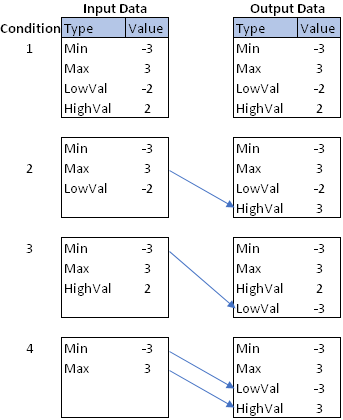 Conditionally Append Observations To A Sas Data Set The Do Loop
Conditionally Append Observations To A Sas Data Set The Do Loop
 Sas Help Center Concatenating Data Sets By Using The Append Procedure
Sas Help Center Concatenating Data Sets By Using The Append Procedure
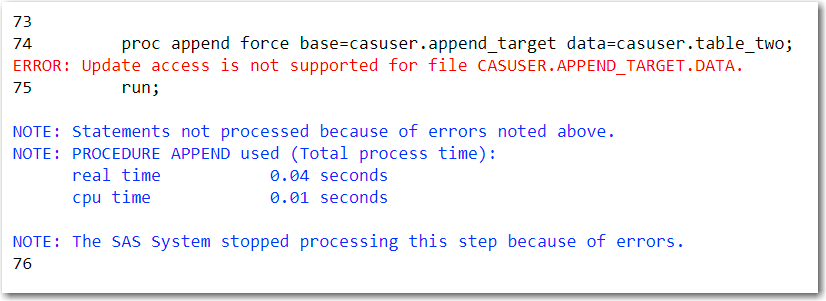 How To Emulate Proc Append In Cas Sas Users
How To Emulate Proc Append In Cas Sas Users
 Sascertguru Difference Between Set Statement And Proc Append In Sas For Appending Data
Sascertguru Difference Between Set Statement And Proc Append In Sas For Appending Data
 Sas Combining And Aggregating Data
Sas Combining And Aggregating Data
 Combining Datasets In Sas Combining Two Datasets In Sas
Combining Datasets In Sas Combining Two Datasets In Sas
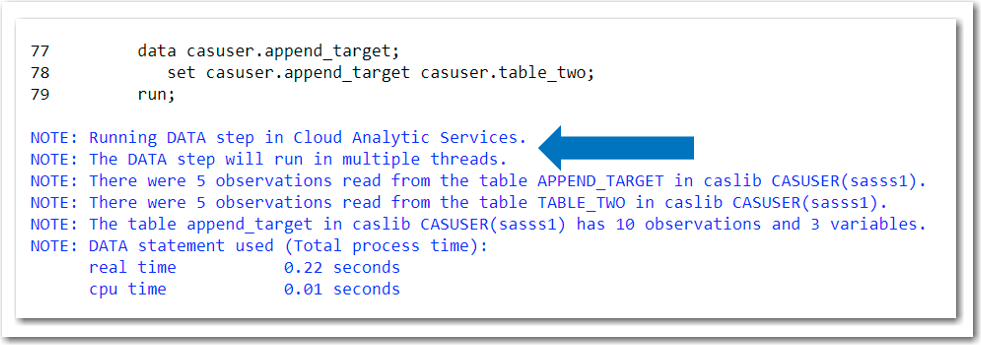 How To Simulate Proc Append In Cas Laptrinhx
How To Simulate Proc Append In Cas Laptrinhx
 Sas Help Center Concatenating Data Sets By Using The Append Procedure
Sas Help Center Concatenating Data Sets By Using The Append Procedure
 Sascertguru Why We Use Force Option With Proc Append In Sas To Upload Data To Datawarehouse
Sascertguru Why We Use Force Option With Proc Append In Sas To Upload Data To Datawarehouse
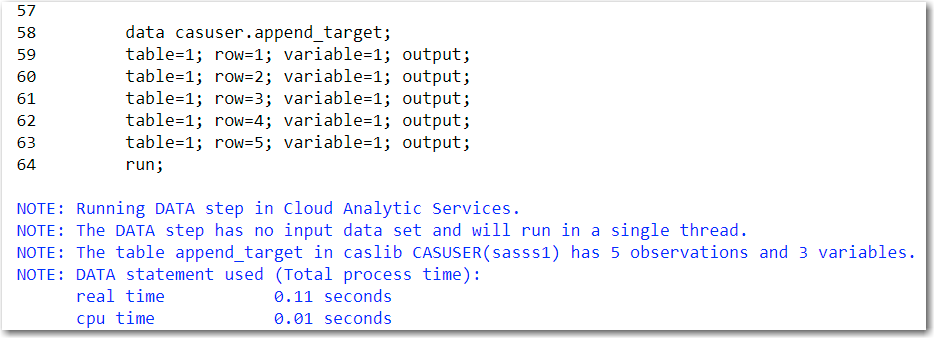 How To Emulate Proc Append In Cas Sas Users
How To Emulate Proc Append In Cas Sas Users
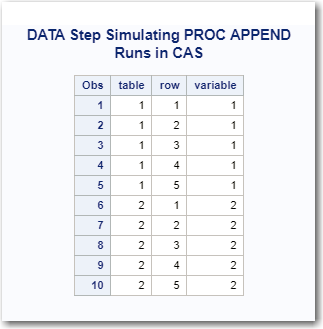 How To Emulate Proc Append In Cas Sas Users
How To Emulate Proc Append In Cas Sas Users
 Merging Tables 3 Proc Append In Sas Concatenating Two Tables Appending Data At The End Youtube
Merging Tables 3 Proc Append In Sas Concatenating Two Tables Appending Data At The End Youtube

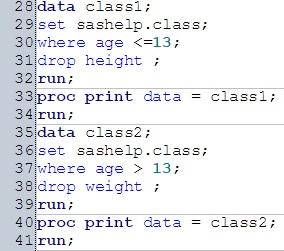

No comments:
Post a Comment
Note: Only a member of this blog may post a comment.